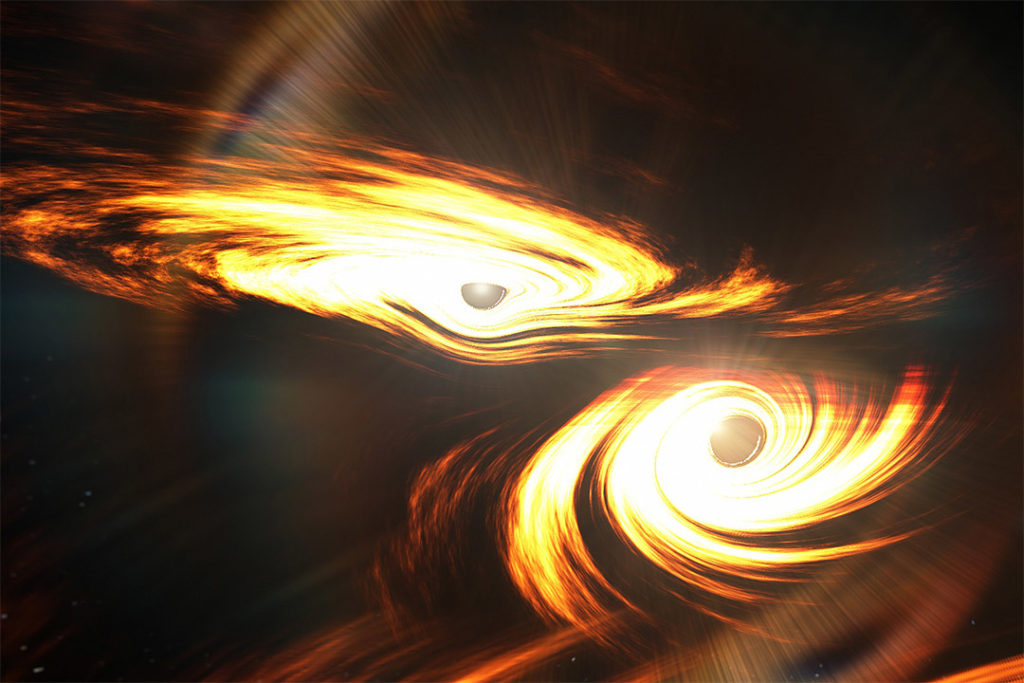
A research team has reconstructed the origin of an unusual gravitational wave signal. The signal GW190521 may result from the merger of two massive black holes that captured each other in their gravitational field and then collided while spinning around each other in a rapid, eccentric motion.
When black holes collide in the universe, the clash shakes up space and time: the amount of energy released during the merger is so great that it causes space-time to oscillate, similar to waves on the surface of water...
Read More







Recent Comments